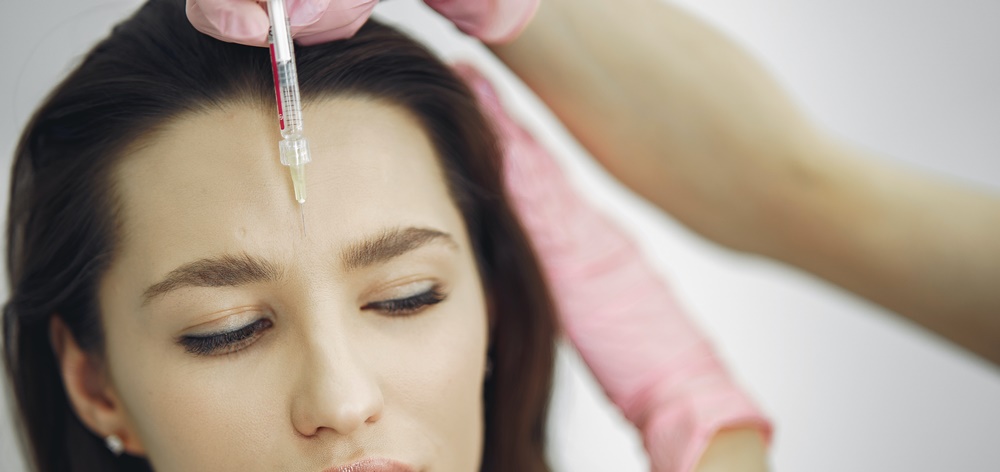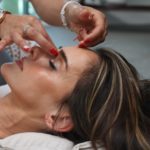Botox vs. Dysport: Difference Between Botox and Dysport
Botox is a Botulinum toxin type A injection that relaxes the muscles to reduce wrinkles and other imperfections on the face. Many seek the services of Botox when they want a younger appeal that does not include frown and forehead lines along with crows feet. Although the wonders of Botox have been around for more than two decades, there is a new Botulinum toxin type A injection known as Dysport that may also be useful for eliminating imperfections associated with aging.
Difference between Botox and Dysport
Contrary to Botox, Dysport can spread to a wider area. Such a benefit makes the Botulinum toxin A more appealing for individuals needing large areas of their face revamped. Although it covers more ground, the results from Dysport treatment may not last as long as those from a Botox procedure. Patients may find themselves visiting the cosmetologist more often for retouches when they receive Dysport instead of Botox treatment. There is also a theory that more Dysport is needed to get the same results from Botox injections, but such hypothesis is still under evaluation from scientists.
One thing that may be beneficial when choosing Dysport over Botox is the price factor. Some doctor’s offices charge less for a Dysport session due to its lack of popularity when compared with the notoriety surrounding Botox. Patients seeking cosmetic surgery may even be able to get a discount on a Dysport procedure where prices for Botox are usually firm. Another benefit that comes with Dysport is quicker onset. It takes anywhere from two to five days for the newer form of Botulinum toxin A injections to settle in. Botox can take up to seven days to set.
The growing popularity of Dysport in the United States coupled with its prevalence in Europe make many believe that the Botulinum toxin type A alternative Botox will take over the industry in coming years. More research, however, is necessary to solidify the benefits of Dysport completely and whether they are greater than Botox. For now, cosmetic patients have options for mild facial procedures.
Similarities Between Botox and Dysport
Both Botox and Dysport remove unwanted lines and wrinkles by relaxing facial muscles. Overactive muscles can give off an aged appeal that many find problematic in the workforce. Thousands of middle-aged professionals in the United States have flocked to get Botox treatment to combat ageism, and many are now discovering the transformative power of Dysport that has been sweeping Europe for years.
Along with their ability to deliver similar results, Botox and Dysport must also be injected every three to six months. The side effects of muscle weakness, bruising, and influenza-like symptoms are also common in those who try either one of the procedures.




























